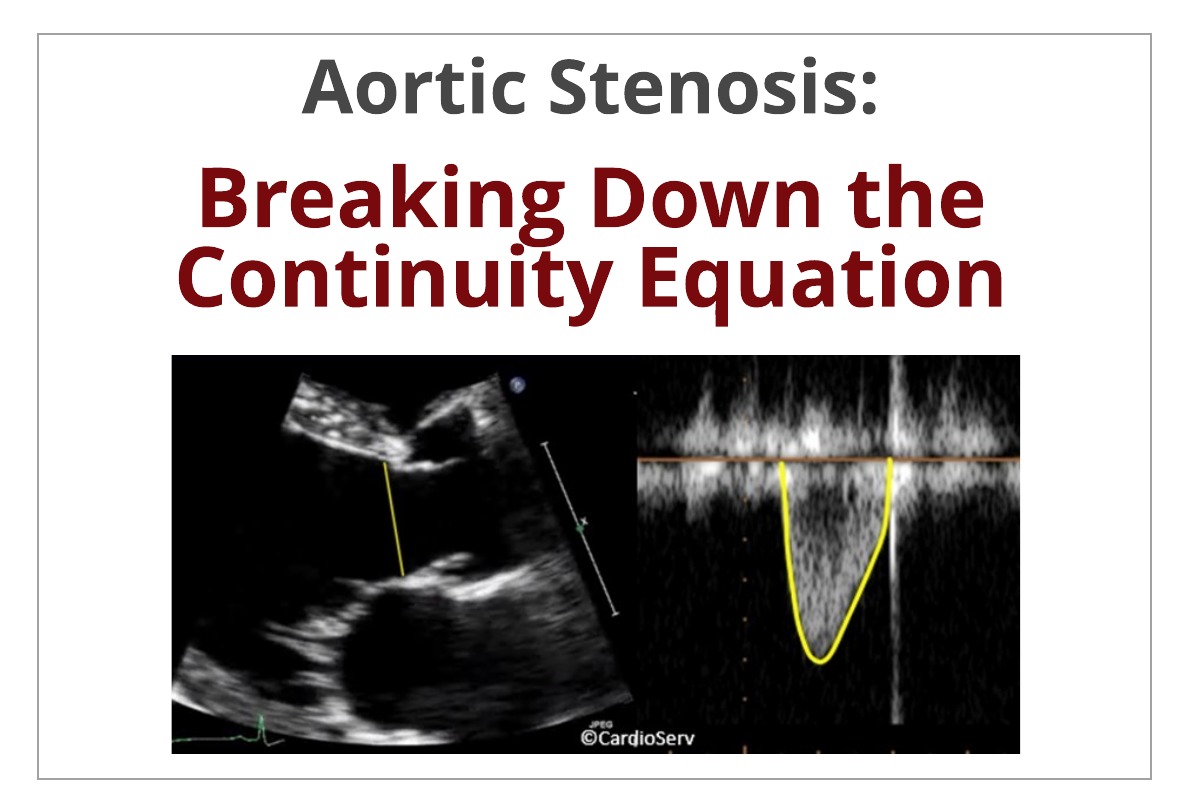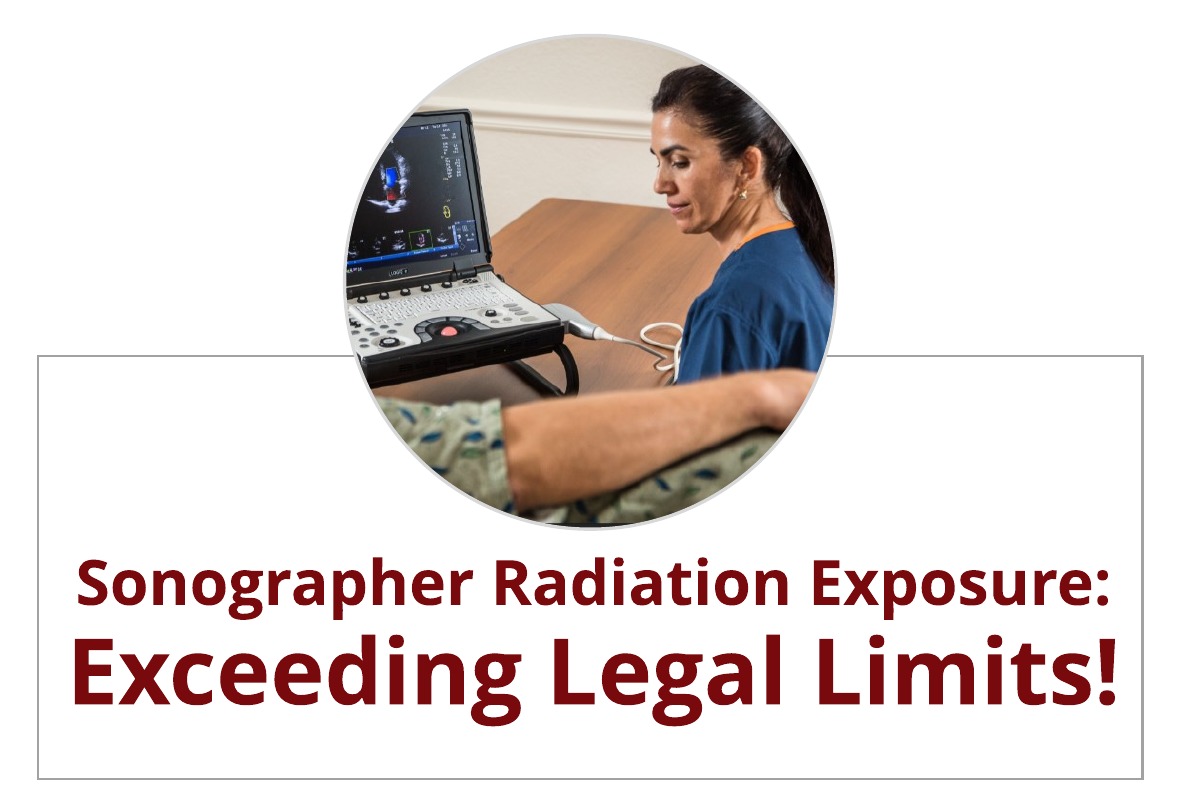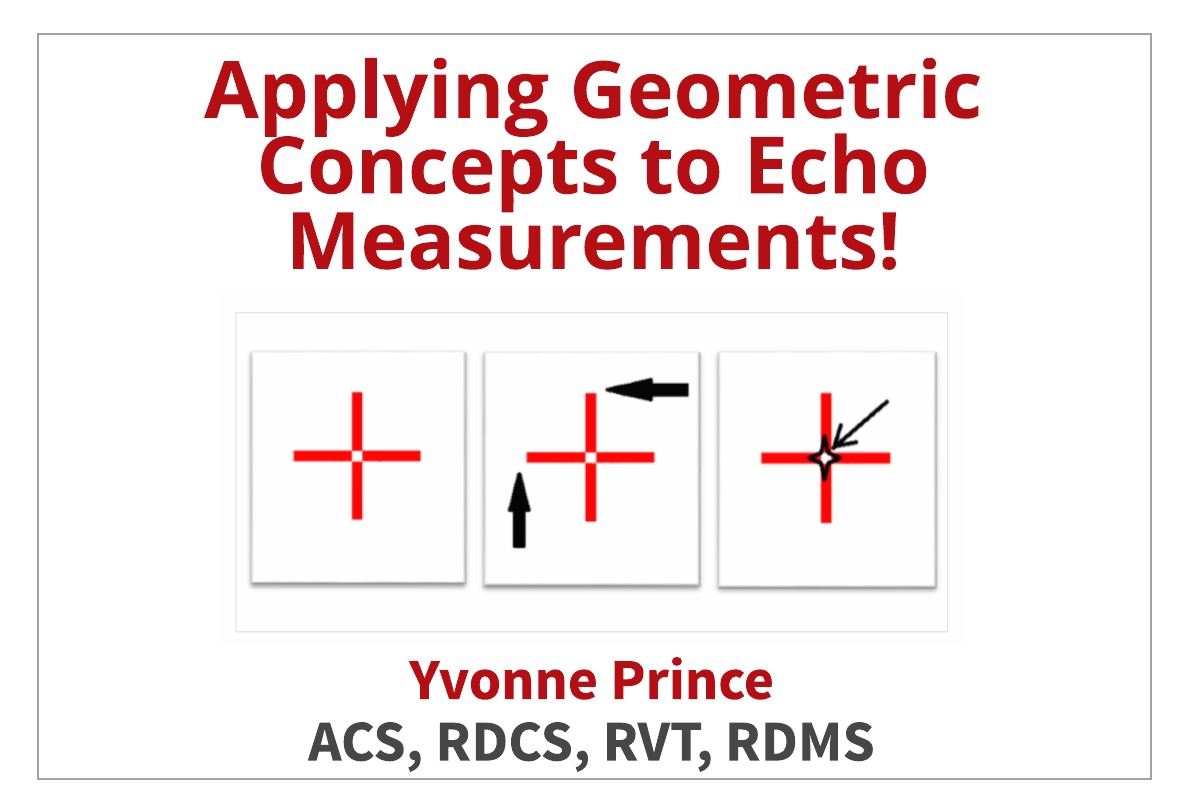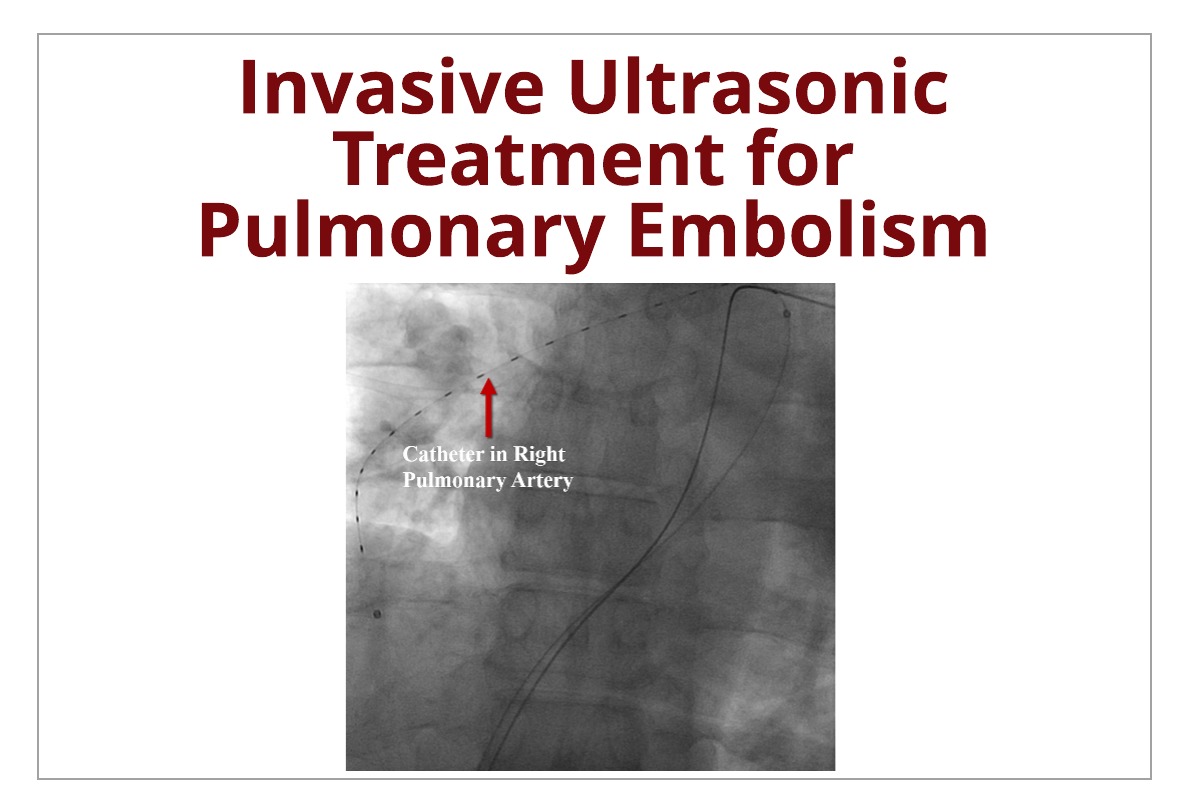Written by Andrea Fields MHA, RDCS
The evaluation and screening of aortic stenosis is a routine calculation performed on all complete echocardiograms. The detailed evaluation involves multiple key parameters that make up the equation that determines the aortic valve area (AVA). With echo being the gold-standard to evaluating and...
Written by Judith Buckland, MBA, RDCS, FASE
If you work in a cardiology lab you know the challenges of scheduling patients for both their echocardiogram and nuclear stress test. The stress test is already a long day for the patient and so often, in an effort to accommodate our patients, we schedule both the echo and the stress test on the...
Written by Yvonne Prince ACS, RDCS, RVT, RDMS, FASE
Do you consider yourself naturally curious? If so, this article is definitely for you! If not… this blog topic will spark your interest! This week our guest writer Yvonne Prince is going to show you different ways to perform accurate echo measurements by applying geometric concepts to improve...
Written by Yvonne Prince ACS, RDCS, RVT, RDMS, FASE
CardioServ has posted various blogs on the topics of Right Heart Quantification and RVSP, following ASE guidelines. If you missed them, you can find them here. One of the biggest factors in determining the RVSP via echo is evaluating and measuring the tricuspid regurgitant (TR) Doppler jet. ...
Written by Andrea Fields MHA, RDCS
Pulmonary embolism (PE) is a critical condition where one or more of the arteries within the lungs become occluded by a blood clot. Quick diagnosis and treatment is crucial to keep mortality rates low. It is common for PE's to originate from lower limb deep venous thrombosis (DVT). In other words:...
 Cardioserv Blog
Cardioserv Blog







